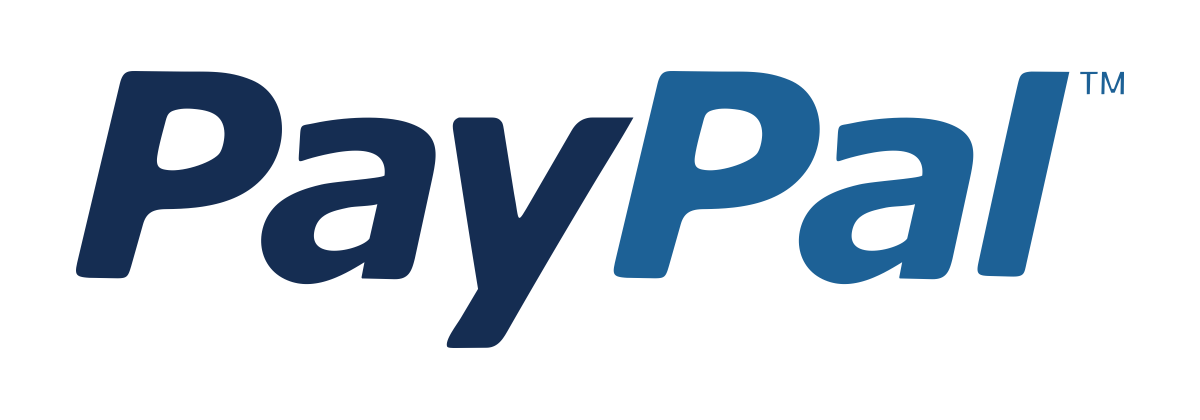Llama
Master Meta’s Llama 3 architecture, training workflow, fine-tuning strategies, and production deployment for enterprise-grade AI and LLM applications.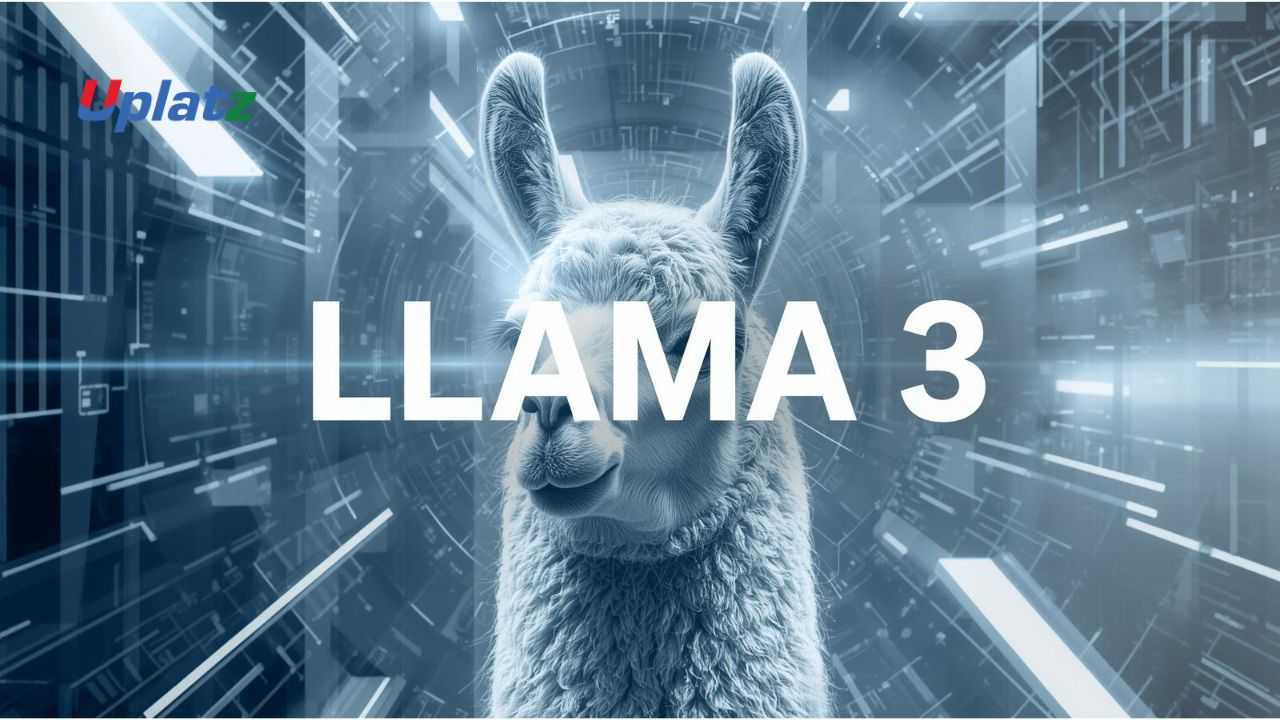 Price Match Guarantee
Full Lifetime Access
Access on any Device
Technical Support
Secure Checkout
Course Completion Certificate
Price Match Guarantee
Full Lifetime Access
Access on any Device
Technical Support
Secure Checkout
Course Completion Certificate
 97% Started a new career
BUY THIS COURSE (
97% Started a new career
BUY THIS COURSE (GBP 12 GBP 29 )-
 86% Got a pay increase and promotion
86% Got a pay increase and promotion
Students also bought -
-
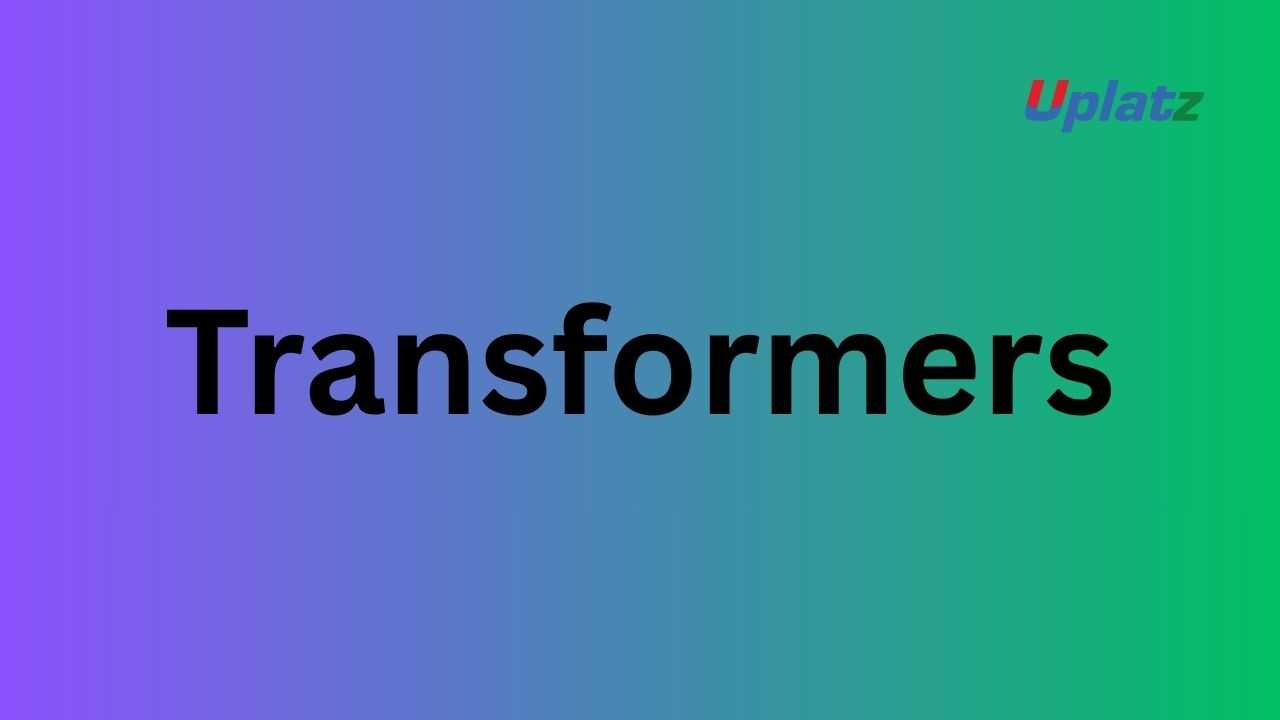
- Transformers
- 10 Hours
- GBP 12
- 10 Learners
-
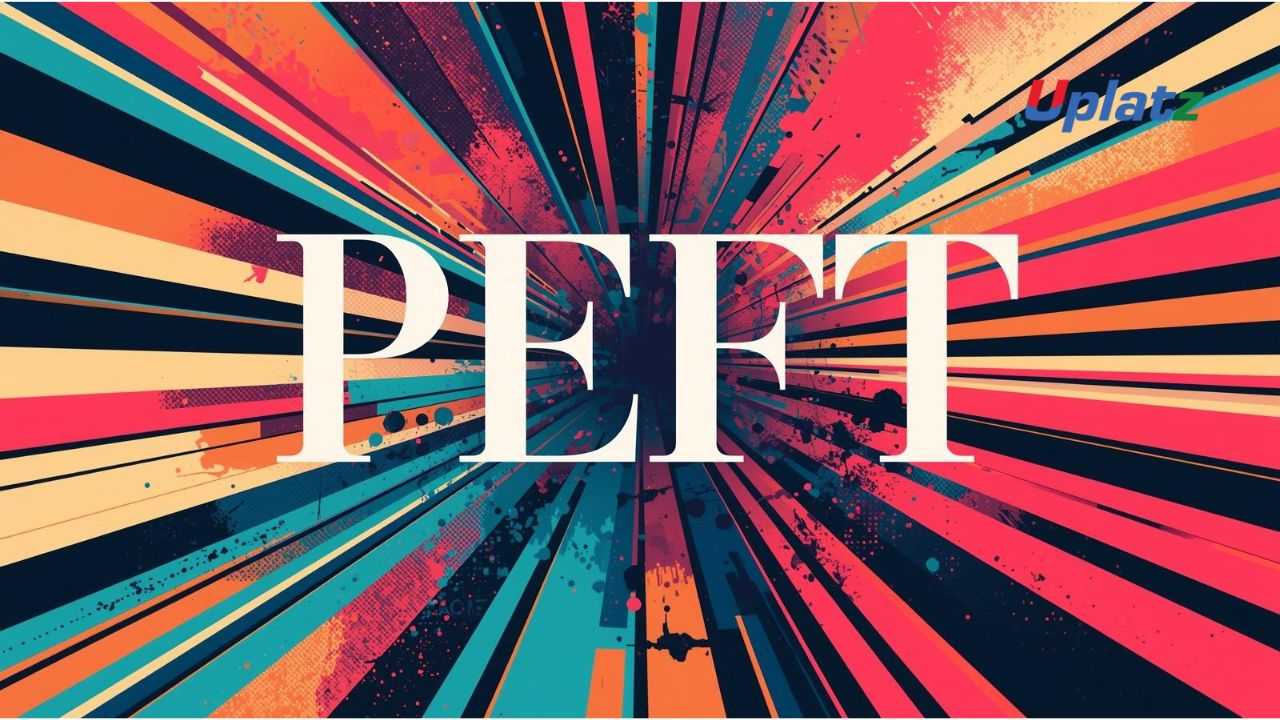
- PEFT
- 10 Hours
- GBP 12
- 10 Learners
-

- DeepSpeed
- 10 Hours
- GBP 12
- 10 Learners
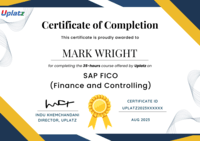
Llama 3 represents one of the most advanced and accessible families of large language models available in the open ecosystem. Developed by Meta AI, Llama 3 is designed to offer world-class performance in reasoning, instruction-following, multilingual understanding, coding, embedding generation, and generative AI tasks—while remaining open, efficient, and customizable. Unlike proprietary models locked behind APIs, Llama 3 gives developers direct access to architecture, weights, tokenizer, and training configuration, enabling a new era of open innovation in large language model development.
The Llama 3 Course by Uplatz provides a comprehensive, hands-on exploration of how to use, fine-tune, optimize, and deploy Llama 3 models across real-world applications. You will learn everything from foundational transformer concepts to advanced adaptation techniques, efficient training workflows, performance tuning, safety alignment, evaluation, and enterprise deployment strategies. This course combines deep theoretical insights with practical labs, covering all aspects of working with Llama 3—from using pre-trained models to building fully customized intelligent systems.
We begin with the fundamentals of the Llama architecture, exploring how Meta’s design choices make Llama 3 faster, more accurate, and more efficient than many previous open and closed-source models. You will learn about tokenizer improvements, attention optimizations, context window extensions, MoE (Mixture of Experts) variants, scaling laws, and specialized training objectives used for reasoning, coding, and multilingual tasks. You will also explore Llama 3’s strengths in structured thinking, few-shot learning, retrieval-augmented generation (RAG), and instruction-following abilities.
A core component of this course is hands-on experience with the Hugging Face ecosystem, where you will load, test, fine-tune, quantize, and deploy Llama 3 models. You will work with:
-
8B, 12B, 70B, and MoE variants
-
Instruction-tuned and base models
-
Tokenizer and embedding workflows
-
Inference optimization with vLLM, DeepSpeed, and TensorRT
-
Performance profiling and GPU memory tuning
You will learn how to perform:
-
Chat-style inference
-
Structured reasoning
-
Code generation
-
Text completion and summarization
-
Translation and multilingual tasks
-
Knowledge retrieval and RAG pipelines
-
Document Q&A
-
Domain-specific LLM customization
This course also introduces modern fine-tuning techniques, including:
-
LoRA
-
QLoRA
-
Prefix tuning
-
Adapters
-
Full fine-tuning (for smaller models)
-
Parameter-free alignment techniques (prompting, system roles)
You will practice fine-tuning Llama 3 on real datasets such as:
-
Domain-specific chat logs
-
Product Q&A
-
Customer support data
-
Legal, financial, and medical text
-
Enterprise structured documents
You will also learn advanced training optimizations such as:
-
Gradient checkpointing
-
Mixed-precision training
-
4-bit and 8-bit quantization
-
Training with DeepSpeed ZeRO
-
Distributed training on multi-GPU clusters
-
Using the Hugging Face Trainer with DeepSpeed configs
Beyond training and fine-tuning, the course offers a deep dive into LLM safety, alignment, and responsible AI, including:
-
Prompt safety
-
Content filtering and toxicity mitigation
-
Jailbreak protection
-
Bias evaluation
-
Safety-tuned variants
-
Guardrails and moderation layers
These modules equip learners to build safe and reliable AI systems for enterprise contexts.
The course also covers RAG (Retrieval-Augmented Generation) with Llama 3:
-
Document embedding
-
Vector databases (FAISS, Milvus, Chroma, Pinecone)
-
Chunking strategies
-
LLM-powered document search
-
Knowledge-grounded responses
-
Enterprise Q&A systems
Finally, the course teaches you how to deploy Llama 3 into production using:
-
FastAPI
-
Hugging Face Text Generation Inference (TGI)
-
vLLM
-
ONNX Runtime
-
Docker + Kubernetes
-
GPU-accelerated cloud services (Azure, AWS, GCP)
You will learn how to manage endpoints, handle batching, implement caching layers, monitor inference latency, and secure LLM APIs for real-world usage.
By the end of this course, you will have the expertise to fully leverage Llama 3 in a wide range of use cases—from chatbots and document intelligence to enterprise automation, coding assistants, creative generation, and domain-adapted AI applications.
🔍 What Is Llama 3?
Llama 3 is Meta’s next-generation family of open large language models. It offers:
-
State-of-the-art performance
-
Open weights and permissive licensing
-
Multiple model sizes
-
Specialized instruction-tuned variants
-
Optimized attention and training architecture
-
Long context abilities (scaling with variants)
-
Strong multilingual and coding performance
Llama 3 stands out for its combination of openness, efficiency, quality, and enterprise viability.
⚙️ How Llama 3 Works
Llama 3 is built on transformer decoders with enhancements:
1. Improved Tokenizers
Better compression, multilingual capacity, and vocabulary design.
2. Optimized Attention
FlashAttention, multi-query attention, and rotary embeddings (RoPE).
3. Advanced Training
Massive high-quality datasets, instruction-tuning, and safety alignment.
4. Mixture of Experts (MoE) Options
Specialized experts improve performance while reducing compute.
5. Extended Context Windows
Allows richer reasoning and analysis over long documents.
🏭 Where Llama 3 Is Used in the Industry
Llama 3 is widely used in:
Tech & AI Startups
Chatbots, agents, coding copilots, SaaS intelligence.
Finance & Banking
Document analysis, risk automation, compliance Q&A.
Healthcare
Clinical summarization, medical Q&A, patient-facing chatbots.
E-commerce & Retail
Product search, recommendation dialogue, catalog enrichment.
Legal & Enterprise Services
Contract analysis, due diligence, enterprise knowledge assistants.
Education & Research
Tutoring systems, content generation, research assistants.
Government & Public Sector
Multilingual chatbots, information systems, procurement analysis.
🌟 Benefits of Learning Llama 3
-
Ability to use and fine-tune cutting-edge LLMs
-
Skills for enterprise AI and generative AI development
-
Expertise in chat, RAG, reasoning, and code models
-
Ability to deploy open-source LLMs cost-effectively
-
Strong foundation for high-paying LLM engineering roles
-
Competitive advantage in companies adopting open-source AI
📘 What You’ll Learn in This Course
You will explore:
-
Llama 3 architecture & tokenizer
-
Using Llama 3 for chat, reasoning, coding
-
How to load and run Llama 3 with Hugging Face
-
LoRA/QLoRA fine-tuning
-
Full fine-tuning and distributed training
-
Quantisation (4-bit/8-bit)
-
Llama 3 for RAG and document search
-
Inference optimization (vLLM, TGI, ONNX)
-
Deployment using cloud GPU infrastructure
-
Building a production-ready Llama 3 application
🧠 How to Use This Course Effectively
-
Begin with transformer basics
-
Practice using smaller Llama 3 models locally
-
Move to fine-tuning with LoRA or QLoRA
-
Use vLLM or TGI for fast inference
-
Build a RAG app with embeddings
-
Complete the capstone for full deployment
👩💻 Who Should Take This Course
Ideal for:
-
AI Engineers
-
NLP Engineers
-
Machine Learning Engineers
-
LLM Developers
-
Deep Learning Practitioners
-
Data Scientists
-
AI Researchers
🚀 Final Takeaway
Llama 3 is reshaping the AI ecosystem by offering an open, powerful, scalable alternative to proprietary LLMs. This course prepares you to build, fine-tune, deploy, and optimize Llama 3 models for real-world applications across industries.
Learners will be able to:
-
Understand Llama 3 architecture
-
Use Llama 3 for NLP, chat, coding, and reasoning
-
Fine-tune Llama 3 using LoRA/QLoRA
-
Deploy optimized models using vLLM and TGI
-
Build RAG pipelines with Llama 3 embeddings
-
Integrate Llama 3 into production applications
Course Syllabus
Module 1: Introduction to Llama 3
-
Overview and capabilities
-
Model variations
Module 2: Architecture Overview
-
Tokenization
-
Attention layers
-
Training improvements
Module 3: Using Llama 3
-
Text generation
-
Chat
-
Code models
Module 4: Fine-Tuning Techniques
-
LoRA
-
QLoRA
-
Full fine-tuning
Module 5: Quantization & Optimization
-
4-bit
-
8-bit
-
Memory-efficient loading
Module 6: RAG with Llama 3
-
Embeddings
-
Vector databases
-
Document retrieval
Module 7: Deployment
-
FastAPI
-
vLLM
-
TGI
-
Docker + Kubernetes
Module 8: Large-Scale Training
-
Multi-GPU training
-
DeepSpeed integration
Module 9: Safety & Alignment
-
Guardrails
-
Filtering
-
Prompt safety
Module 10: Capstone Project
-
Build and deploy a Llama 3 enterprise assistant
Upon completion, learners receive a Uplatz Certificate in Llama 3 & Open-Source LLM Development, validating skills in advanced LLM engineering.
This course prepares learners for roles such as:
-
LLM Engineer
-
NLP Engineer
-
AI Product Developer
-
Generative AI Specialist
-
AI Research Engineer
-
Machine Learning Engineer
-
Applied Scientist
1. What is Llama 3?
Meta’s next-gen open LLM family offering advanced performance and full model access.
2. How does Llama 3 differ from Llama 2?
Improved tokenizer, more training data, better attention, stronger reasoning, and expanded model sizes.
3. What tasks is Llama 3 good at?
Chat, coding, summarization, translation, reasoning, and RAG.
4. What fine-tuning methods work best?
LoRA, QLoRA, adapters, or full finetuning for smaller models.
5. What inference engines support Llama 3?
vLLM, TGI, ONNX Runtime, TensorRT.
6. Can Llama 3 be used for RAG?
Yes—Llama 3 embeddings work with FAISS, Milvus, Pinecone, Chroma, etc.
7. What hardware is needed?
A single high-memory GPU for small models; multi-GPU for large models.
8. Is Llama 3 open-source?
Yes, with permissive licensing for research and commercial use.
9. What makes Llama 3 efficient?
Improved attention, optimized tokenizer, and quantization compatibility.
10. What libraries support Llama 3?
Hugging Face Transformers, PEFT, DeepSpeed, vLLM, TGI.







